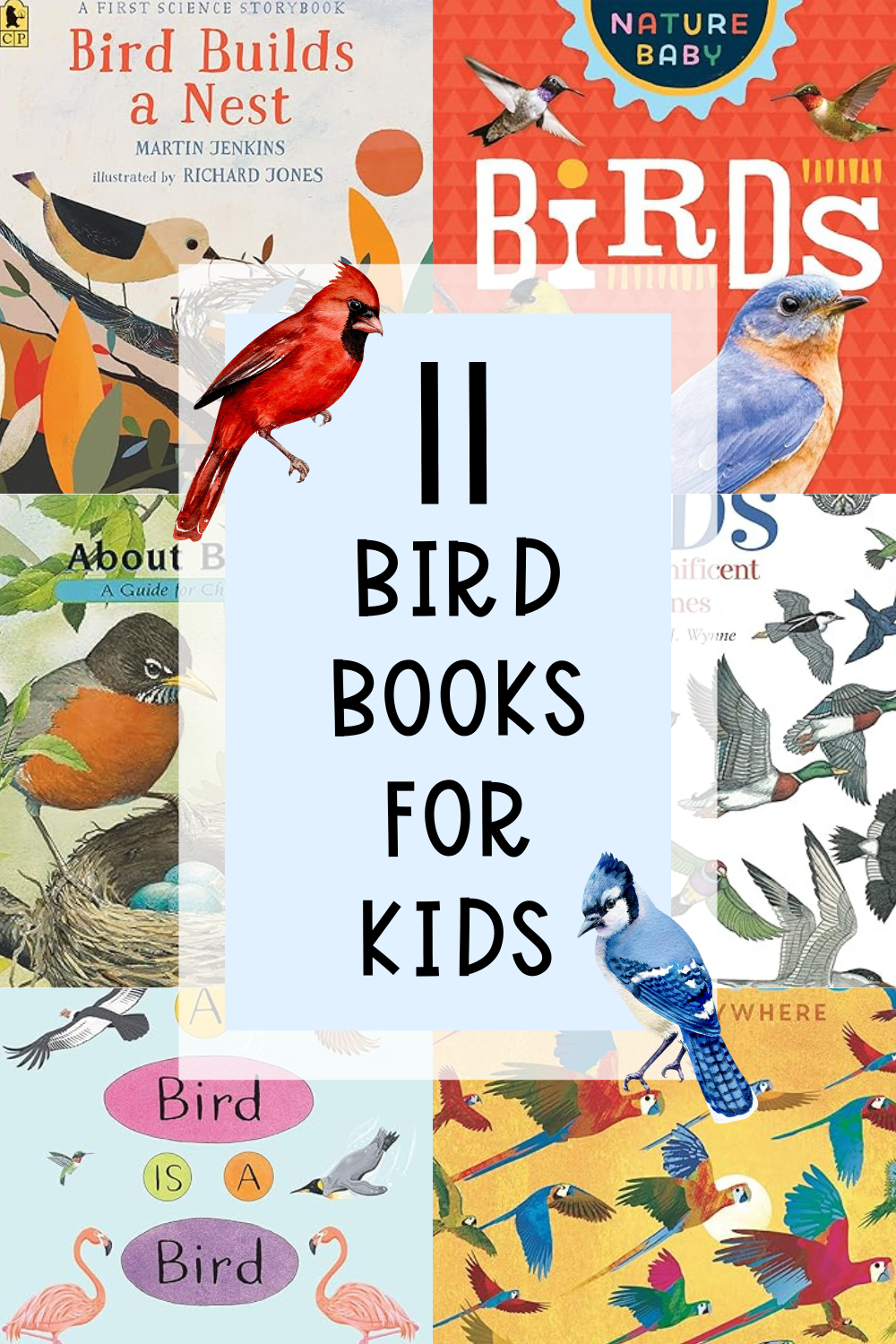
Jamboard is such a great tool, especially for digital learning. I know that, because it has quickly become a big part of my instruction. You can read more about the different ways I use Jamboard in my classroom here.
Jamboard is just plain awesome! However, there is a catch!
Once you share and give your students permission to edit, you have no control over what your students might do.
Sometimes things happen by accident, such as your students accidentally deleting someone’s post or an image that was uploaded. Sometimes they accidentally draw lines on top of what someone wrote.
Unless your students all signed into their Google account, you won’t know for sure who is responsible for certain behavior.
So let’s talk about Jamboard Management!
Setting clear expectations and consequences are a very important step.
Grab these free resources to make your teaching life easier!
Think about:
- What are appropriate behaviors on Jamboard?
- What are inappropriate behaviors on Jamboard?
- What are the consequences for when inappropriate behaviors occur?
Just like behavioral management in the classroom, your students need to understand what is appropriate and what is not. They also need to know what will happen if inappropriate behavior occurs. Use the 3 questions above and discuss that with your students.
Every classroom is different, and every student cares about different things. Therefore, you know best what are the best types of rewards and consequences for your kiddos.
How I did it:
I am currently in a self-contained 4th Grade PYP Classroom, which means we use the Essential Agreements that we came up with at the beginning of the school year.

After a certain Jamboard incident, we went back to our Essential Agreements and discussed.
We focused on two statements: “We respect each other, the teacher and ourselves” & “We are nice, kind, and fair to each other.” After our discussion on how the occurred behavior went against those two agreements, we talked about appropriate and inappropriate behaviors on Jamboard. My students went on to brainstorm different consequences that I would implement.


***We agreed on the 3 strikes rule, where if this happens 3 times, they would lose Fun Friday.***
Click here to get a copy of the Jamboard Expectations & Consequences.
Jamboard Routines:
Apart from setting clear expectations and consequences, there are some technical things that you need to think about as well.
- How will students collaborate on Jamboard?
- What tool(s) do you want your students to use?
- How do you want your students to present their ideas?
Just like teaching routines in the classroom, you have to do the same when using Jamboard. This will ensure that your Jamboard activities will run smoothly.
My Jamboard Routines:
These are some examples of the Jamboard routines that I use in my classroom. They have been changed and polished through my Jamboard journey to fit my current group of students. If you are new to Jamboard, you are more than welcome to use them as your jumping off point until you find one that fits in your classroom.
Group Exit Ticket:
- Virtual students use Link #1
- In-person students use Link #2
- Pick a board and write your name
- First come, first serve!
- Type your board # in the chat when done!
Visible Thinking & Class Collaboration:
- Use the “Post-it” function
- Be sure to write your name
- Once posted, drag your post to the corner of the Jamboard page to prevent “Jamboard Traffic”
Guided Math:
- Students use “Blue” or “Green” pens
- Teacher uses a “Red” pen
- Hands off the mouse or keyboard until called
The specific color pens allow me to see who’s contributing what on the Jamboard. Our hands-off rule prevents students from accidentally writing or deleting things on Jamboard.
I hope that you have enjoyed this post and that it is helpful to you. I am always open for new tips and ideas for Jamboard. Leave a comment below to let me know how you have been implementing Jamboard in your classroom.
What are some Jamboard expectations and routines that you have in your classroom?

* * *











